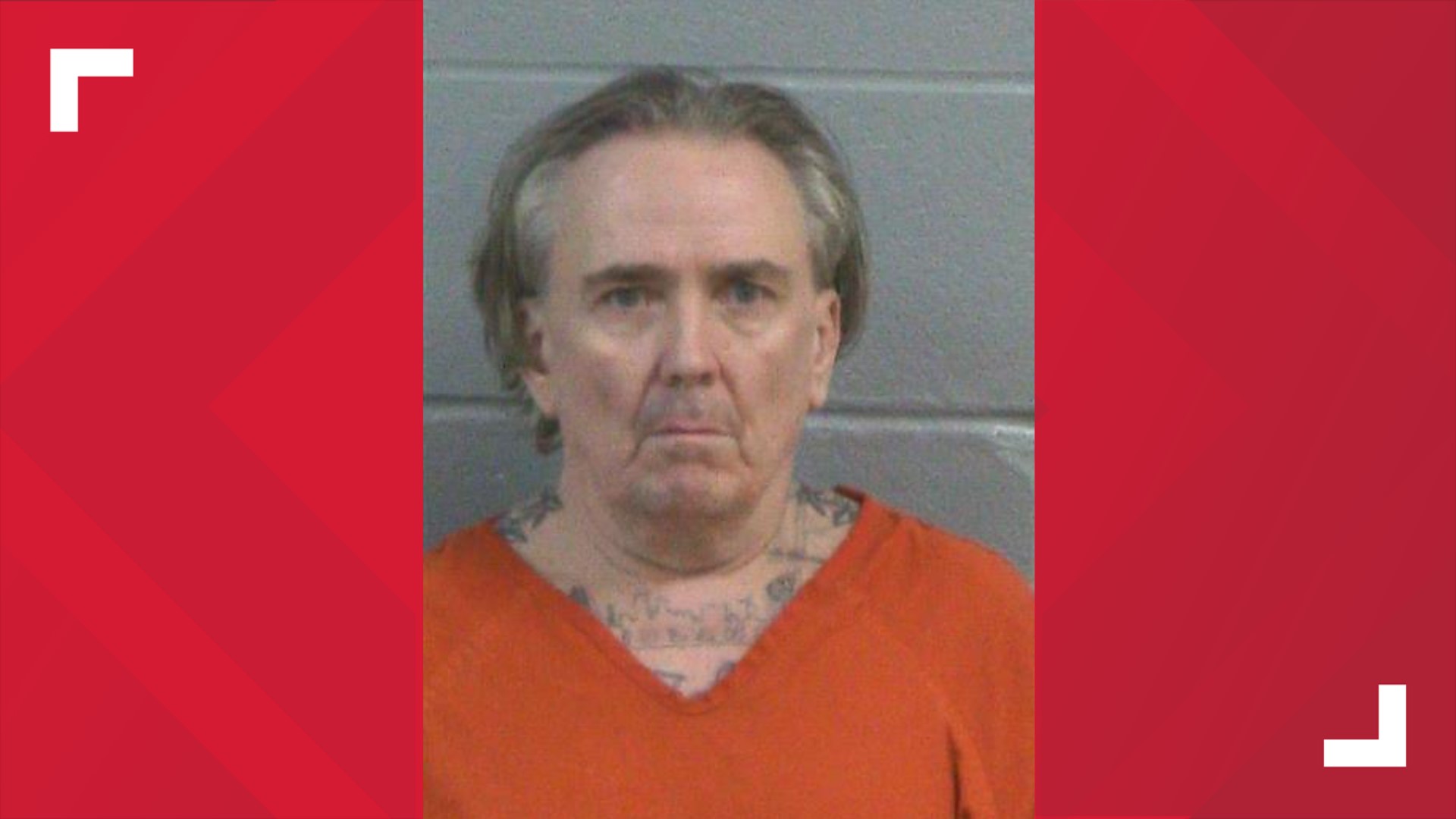Judge hears case to overturn capital murder charges over 20 years after conviction
Garland Leon “Butch” Martin is serving life in prison after his wife, daughter and stepson were killed in a house fire he was accused of starting.

A Midland man serving life in prison for three charges of capital murder was in a Midland County courtroom Thursday and Friday in an attempt to have his convictions overturned.
The Background
In 1998, Garland Leon “Butch” Martin’s wife Marcia, daughter Kristen and stepson Brady were killed in a house fire. Martin was away on a job at the time of the fire.
He was arrested for arson and capital murder and sentenced in May of 1999, according to TDCJ records.
Testimonies in the original trial claimed that traces of charcoal lighter fluid and the chemical NORPAR, which was said to have been from lamp oil, were found between bedrooms of the house.
A medical examiner and forensic anthropologist also testified that there were signs of head trauma on the remains of Marcia and Brady, leading them to believe that Martin knocked them out before the fire started.
The defense brought in several witnesses and experts to challenge the fire investigation, finding of chemicals in the house and the supposed trauma to Marcia and Brady’s heads.
Court documents show that Martin filed a writ of habeas corpus in 2002, and after moving through the system for 20 years, it brought his case to the 142nd District Court and Judge David G. Rogers.
Day One
On Thursday, the courtroom saw testimonies from three people.
Forensic pathologist Satish Chundru’s time on the stand started by answering questions from the defense that lined out what forensic anthropologists are trained to examine. He said they study bones, but they don’t have the training to speak about tissue trauma. He also said there was very little tissue even left on the bodies after the fire.
Original testimony claimed that the trauma seen on Brady’s skull had to have been the result of the “full arm swing of a closed fist.” Chundru said he has never seen a fist fracture a skull.
Much of the time spent talking to Chundru focused on “red material” found on Brady’s skull, which original testimony though might be blood.
When Chundru was asked about an original testimony that Brady’s body being found on its back pointed to the fact that he died before the fire, he said that was not necessarily true.
The state asked Chundru about the level of lung damage the victims had. He said as three healthy individuals, it would have taken high levels of carbon monoxide to kill them.
The defense then asked if there was actually injury to the victims’ heads, would a pathologist be able to tell if it happened before or after the fire. He said there would be no way to tell.
Chundru’s time on the stand ended with the judge asking him if he would say there was trauma to the victims’ heads, to which he answered no.
Next to the stand was forensic anthropologist Daniel Wescott. The defense again asked Wescott to discuss what a forensic anthropologist is qualified to examine. He said they look at bones and it is the forensic pathologist’s job to focus on organs and tissue.
He also reinforced the testimony of Chundru by saying the body being on its back doesn’t indicate anything and that you cannot tell whether the bone trauma was before or after death.
The state had no questions for Wescott.
To round day one of in court, attorney David Botsford, who has an extensive history working on the case, discussed some of the history of the writ of habeas corpus proceedings.
Day Two
On Friday, the courtroom saw two more testimonies.
First, Tarrant County Chief Medical Examiner Tasha Greenberg was asked about the “red material” previously discussed. She said blood would have turned dark brown after the heat exposure.
She again said there is no way to tell if the trauma was pre or postmortem and there is a chance a skull could be fractured during examination of the scene.
When questioned by the judge about the original pathology work, she said there was poor documentation.
Friday’s second witness was John Cook, one of the defense’s original lawyers.
He said he was asked to join the team to focus on the fire investigation because of his previous experience as a volunteer firefighter.
He said he believed the fire to be an accident caused by a device outside of the home. He said it could not have only been caused by lamp oil, and even though investigators say they found NORPAR at the scene, it is rarely in lamp oil.
The judge asked why the original defense did not mention that Marcia was on drugs at the time of the fire. Cook said they did not want to bring a dead woman’s sins into the case, but they would have done it if they knew the results of the case.
According to attorney Allison Clayton, from here, both teams will gather information during the debriefing process and hand it over to the judge.
The judge will then make his recommendation over a month span after looking things over. Then, it is unknown how long the Texas Court of Criminal Appeals will take to make their decision on the case.
Stick with NewsWest 9 for the latest on this case as it continues to unfold.


